Show review: Batman: Caped Crusader
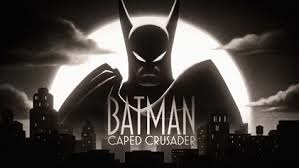
It’s not essential viewing, but I found it refreshingly entertaining and intriguing, although it does go dark at times.
739. Eega (2012) — Totally Pretentious #26

https://media.blubrry.com/skiffyandfanty/dts.podtrac.com/redirect.mp3/archive.org/download/sandf739eega/SandF_739_Eega.mp3Podcast: Play in new window | DownloadSubscribe: Apple Podcasts | Spotify | Android | Email | TuneIn | Deezer | RSSNeedles, choreographed dances, and superhero flies, oh my! Shaun Duke and David Annandale wander to yet another part of the world to talk about S.S. Rajamouli’s 2012 epic, Eega. Together, they examine the film’s premise, Rajamouli’s approach to special effects, what it means to make a superhero movie that defies expectation, and so much more. Thanks for listening. We hope you enjoy the episode!
COMICS REVIEW: Looking at the 2019 Best Graphic Story Hugo Finalists
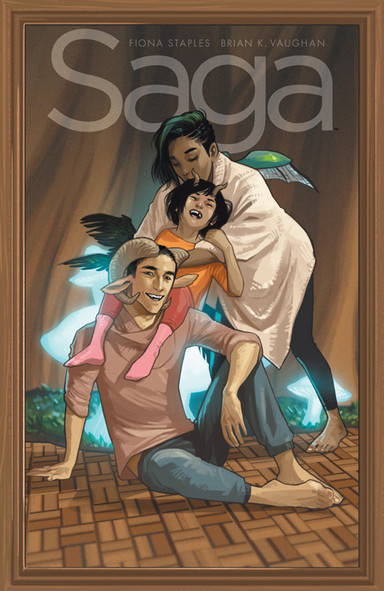
Welcome to the latest installment of my comics review column here at Skiffy & Fanty! Every month, I use this space to shine a spotlight on SF&F comics (print comics, graphic novels, and webcomics) that I believe deserve more attention from SF&F readers. This month, I’m going to take a look at the nominees for this year’s Best Graphic Story Hugo Award. Warning: these reviews contains spoilers! As regular readers will know, I’ve been in the habit of using this space to both recommend works that might otherwise be overlooked by Hugo voters during nomination season and taking a look at the short list in advance of the deadline for voting. If you aren’t already familiar with this year’s ballot, you can read the complete list here, but if you don’t want to click away, here are the finalists for this year’s Best Graphic Story Hugo:
Month of Joy: Miraculous by Feliza Casano
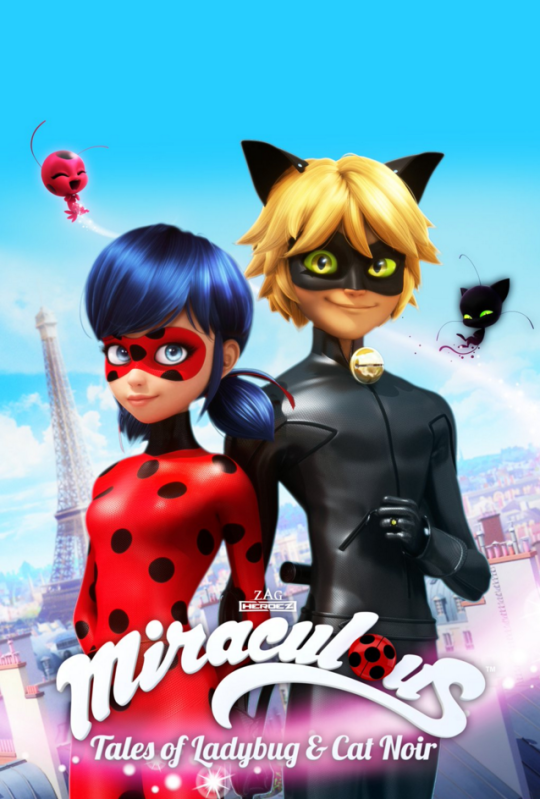
I was at the end of fifth grade when the Spider-Man film starring Tobey Maguire premiered in the US. That wasn’t the start of my love for heroism in storytelling: as a preschooler, I pretended to be a fire fighter like my grandfather had been; in third grade, I fell in love with Harry Potter and the Sorcerer’s Stone; later, I obsessed over shows like Cardcaptors and Sailor Moon. But it was in fifth grade that I was brought into American superhero comic stories, and Tobey Maguire as Peter Parker did it. After watching the movie with friends, I checked out the novelization from my library. I devoured it and watched superhero cartoons – Teen Titans came first, then Static Shock. I ended up secretly writing Teen Titans fan fiction in junior high.
Book Review: Girl Reporter by Tansy Rayner Roberts
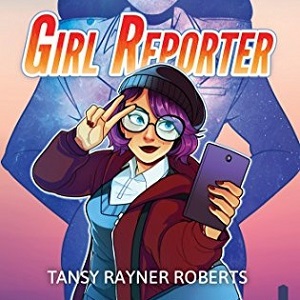
Living up to the standards of your mother is no easy thing sometimes. Especially when you are Friday Valentina, daughter of Tina Valentina. Tina Valentina broke barriers as a girl reporter interviewing the Australian superhero Solar and breaking news about Australian superheroes for decades. To this day, Tina Valentina is THE Girl Reporter. That’s a lot to live up to. Living in the 21st century, instead of writing for outfits like Women’s Weekly, Friday has a YouTube channel where she covers superheroes in her own way, like mother, like daughter. Hey, she’s just gotten one million hits on her channel. Friday’s huge! She’s also grown up in a world where superheroes are real and a thing, and she is possibly the daughter of one, or at least all the gossip and tabloids suggest so anyway. Her mother doesn’t talk about that either.
Book Review: At the Table of Wolves by Kay Kenyon
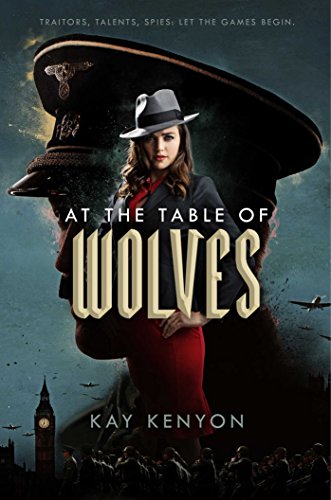
Spies and Espionage are a genre of novels that is irresistible to science fiction and fantasy writers who want to mix some peanut butter in their chocolate. Cloak and Dagger, hidden agendas, betrayals, allegiances, loyalty and the glamour and seduction of the spy’s life. James Bond and his competitors, clones and remakes are just a fraction of what can be tapped, especially once someone adds science fiction and fantasy to the mix. At the Table of Wolves by Kay Kenyon is the newest in that tradition, combining 1930s British espionage with superpowers. In the world of Kenyon’s novel, superpowers, here called Talents, started appearing after the devastation of World War I. How and why precisely this Bloom occurred is not explained in detail. It’s taken as a fact, and the repercussions of that event are playing out, more than a decade later. Intelligence agencies, governments, and just plain ordinary people are dealing with the fact that some people can now show feats of precognition, or reading objects, or seeing crimes, or, perhaps, having the preternatural ability to get people, without their volition, to spill things they would never dreaming of confessing. And it is that last talent that brings us to the heroine of the novel.

